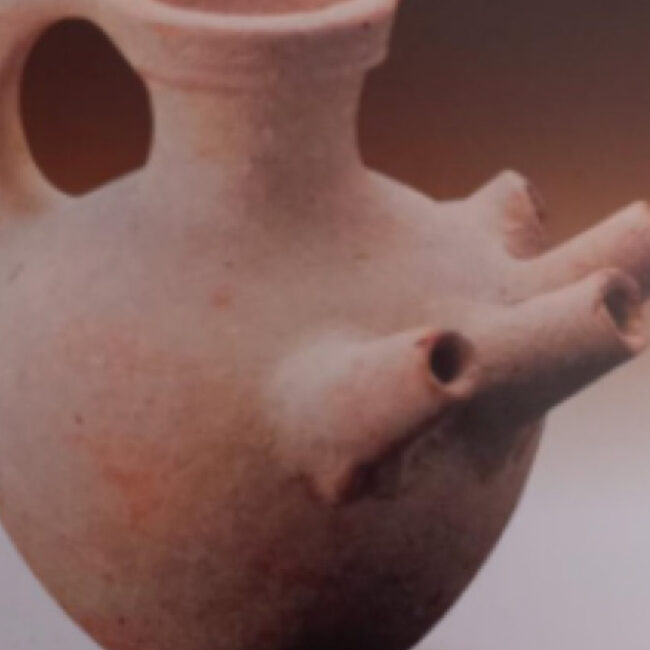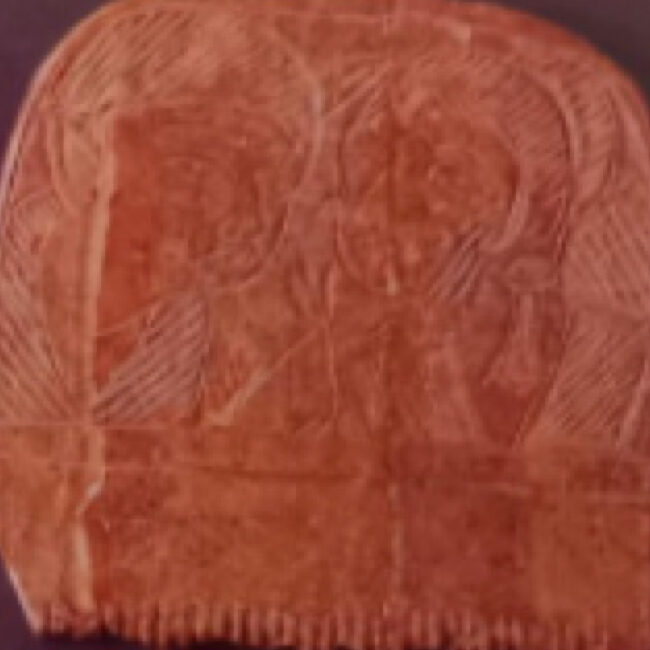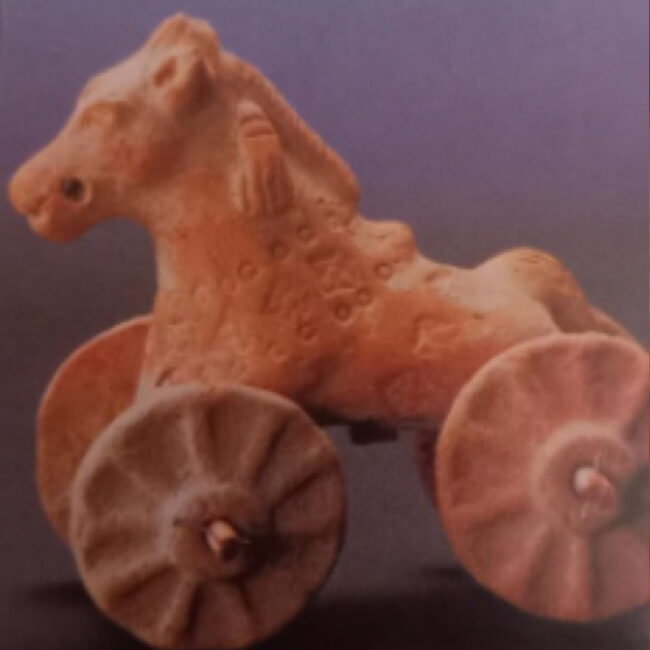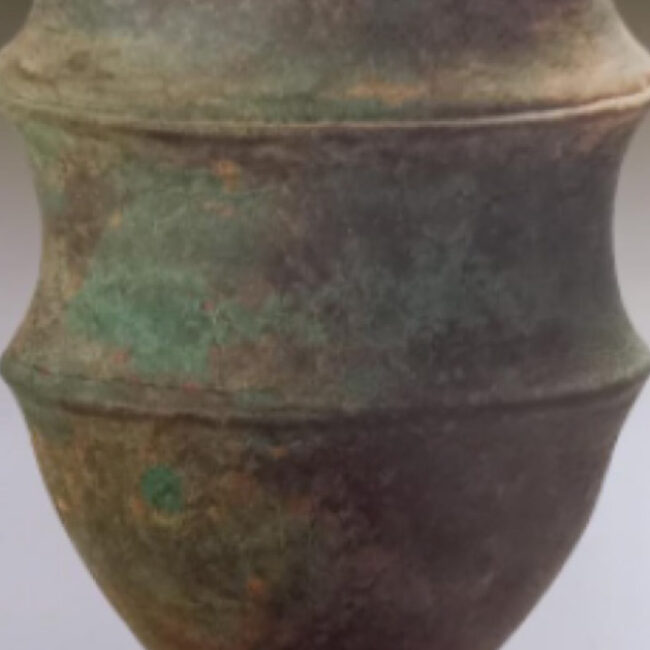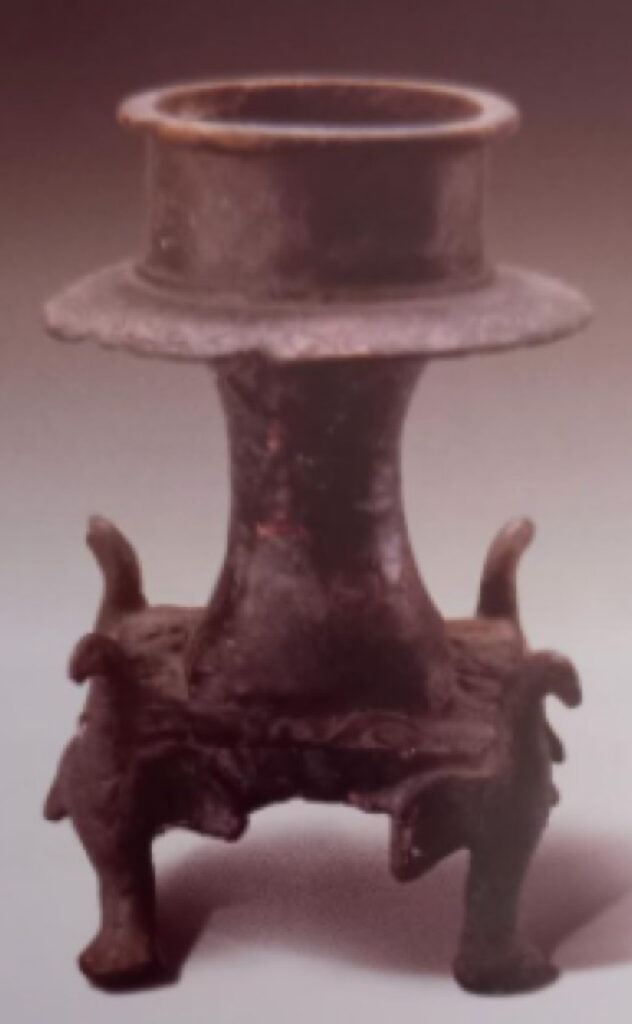THE ORIGINS
OF POTHOHAR
ਹਾਥੀ ਲੰਘੀ ਗਿਐ ਪੂਛ ਰਹੀ ਗਹੀ
Hathi langi giaye poochh rehi geyi.
Main work has been done only a bit is left.
First Cities
Many waves of people have migrated into India since time immemorial. Early Mesolithic hunter-gatherers (from around 9000 BCE) settled into farming communities around the Indus river before interacting with other ancient migrants from further south and present-day Iran to eventually form what is known as the Indus Valley—or Harappan-Civilisation. By around 2600–1900 BCE, they had established writing systems, wellbuilt cities with good drainage networks, and strong international trade routes. Further large-scale migrations were caused by urban cultures feeling the strain of water shortages and environmental changes in the second millennium BCE. In particular, the Indo-Aryans travelled south from an area known as the Eurasian Steppe (modern day Kazakhstan) further into the Indus valley. Two of the largest cities in this area – Harappa and Mohenjo-daro—had as many as 50,000 people living there, and people from Pothohar would routinely travel south through Harappa and Mohenjo-daro to reach the important trading port of Krokola, now in the modern city of Karachi.
Further north of Rawalpindi, the city of Hasan Abdal, which dates back to the seventh century, today has a population of around 40,000 and is somewhat overcrowded, but before its population expanded it was the site of idyllic orchards and a freshwater spring. According to legend, around 500 years ago the founder of Sikh faith Baba Guru Nanak Dev ji spent time near the spring and left a handprint on a rock that had been hurled at him by Baba Wali Qandhari, a Sufi saint. Baba Wali became Guru Nanak’s first devotee after witnessing this act, and now people visit both his shrine and the beautiful Gurudwara Panja Sahib that was built near the rock by Hari Singh Nalwa (1791–1837), Commander of the Sikh Army, during the reign of Maharaja Ranjit Singh (1780–1839).
